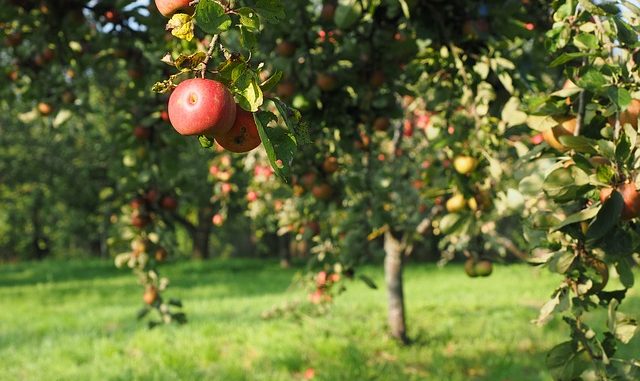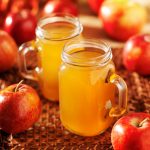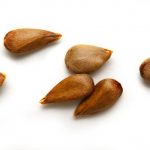
What Is Important For A Cider Apple Orchard?
Most ciders with any astringency rely on a certain amount of bittersweet apple juice in their composition. Here at the Cider Council, we have been looking at how important the cultivation of apple trees happens to be, as part of the process of producing apple juice for cider manufacture. The cider apple orchard is an integral part of the supply chain and careful management should be part of good management practice, as important as cider making itself.
Travelling the orchards of both Herefordshire and Somerset, it’s possible to view cider apple orchards which have largely remained unchanged in positioning and layout for 300 years if not longer. A visit to a traditional farmhouse in the region would have revealed an adjoining orchard of well-spaced mature trees aligned in an orderly fashion. Perry pear as well apple might well be found in these old orchards. Many of these trees might be up to 500 years old.
Whilst culinary apple trees were grown, many were specifically cider apples for producing the esteemed drink. From September to December, apples were either picked or collected off the ground for cider manufacture. What was left either mouldered and rotted away or was food as part of the grazing sward for various animals such as pigs and cows which were specifically brought in to clean up the orchard of its remaining windfall. The American poet Robert Frost who lived close to Dymock on the Gloucestershire/Herefordshire border describes in the poem “The Cow In Apple Time” written in late 1914, a cow eating up the apples in an orchard. This orchard was presumably located in the vicinity amongst many others and whilst the poem may be an allegory concerning the creation of war we certainly know that the cow becomes drunk because of the fermentation taking place in her belly from all the consumed apples.
Traditional orchards have generally been well looked after. Nowadays with the rise in interest in cider, more intensive methods of managing cider apple orchard are being developed. Grazing animals are not part of this requirement for orchard development. Generally, adding fertiliser especially nitrogen based ones to improve general growth and habit of the apple tree is still not a common practise. None the less, evidence is available showing that the addition of a fertiliser improves the tree’s growth and its production of apples. What is less desirable is the loss in dryness of the cider if the apples become too sweet.
One of the features affected to a great extent is the tannin or phenolic content of the juice. Tannins are a wide range of important chemicals in the apple which lend mouth-puckering and dryness to a cider. The highest tannin content is found in the Vilberie cultivar (5g/l juice)) whilst Michelin is one of the lowest at 2g/l juice.
Many hardened drinkers regard the sensation as critical to the impact of their cider and whilst a host of factors are critical to its generation, orchard management has its part to play too. One study using pot-grown varieties of cv. Dabinett cider apples revealed that trees when ‘fed well’ became sweeter and less bitter or astringent with feeding (Lea, 1975). There was a loss of 17% of total phenolics from the fed apples which suggests that leaving the orchard short of nutrients helps produce apples suitable for certain ciders. Such findings suggest it would be a waste of money to set out to feed an orchard when the apples fall short on key flavour characteristics.
Clearly watering is fundamental to health and if an orchard remains soaked then the apple tree does not thrive. However, anecdotal evidence suggests that keeping an orchard on the dry side helps develop the phenolics content. Presumably as with horticulture practice, nutrients are washed away and need to be replenished with fertilisers.
Lea, A. G. H. and Beech, F. W. (1978), The phenolics of ciders: Effect of cultural conditions. J. Sci. Food Agric., 29: 493–496. doi: 10.1002/jsfa.2740290514


Leave a Reply